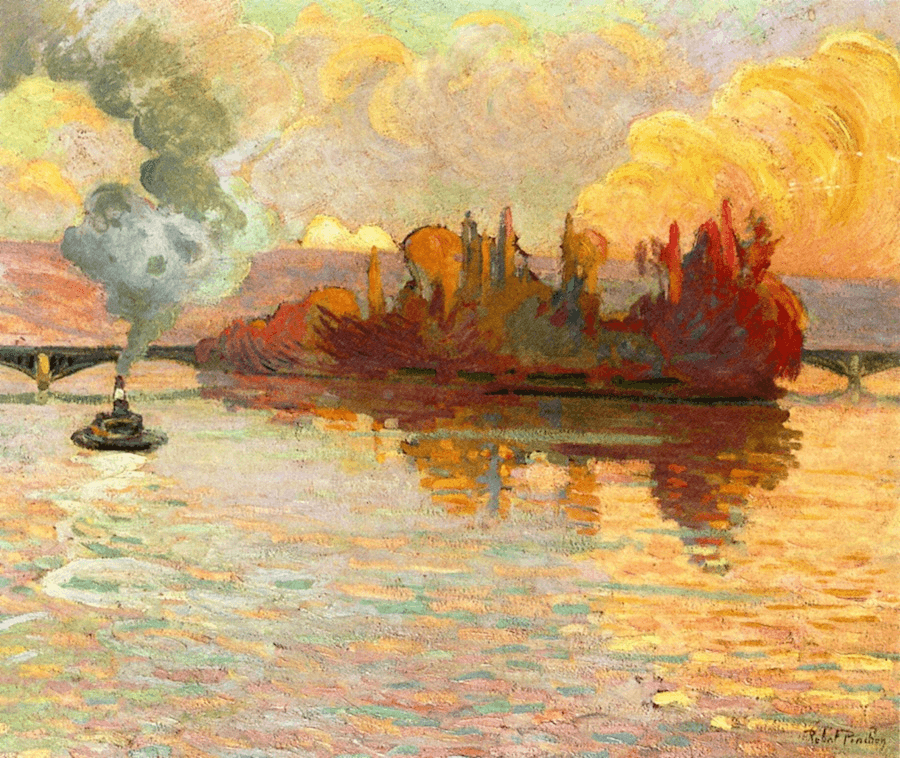Cover image: Robert Antoine Pinchon, The Ile de Croise with the Colors of the Sun, 1908. Private collection. Photo via the-athenaeum.org (Public Domain).
In Victoria Finlay’s Color: A Natural History of the Palette (New York: Ballantine Books, 2002), you’ll learn dozens (if not hundreds) of facts about colors and where they’ve come from throughout history. The book is a sort of color-based travel narrative. Finlay went all over the world to find the sources and stories of history’s main color pigments. She went to some pretty great lengths in her quest, venturing far beyond what the typical tourist would ever dare to travel.
I might dedicate a fun facts post to one of the things I learned in the book, but you’ll have to read it for yourself to find out the rest. Just be prepared if you do. The stories behind a surprising number of common color pigments are quite unsettling, and a few are truly disturbing. Learning what some colors are made from and the misery and bloodshed they’ve caused will ensure that you don’t ever look at a tube of paint or bottle of dye in the same way again.
However, those 21st-century paints and dyes are very different from the ancient pigments Finlay studied. Modern chemical dyes and pigments have dramatically changed the color-making process in the past century or two. Depending on which parts of Finlay’s stories affected you most strongly, this may be either comforting or disappointing. If you’re interested in synthetic colors, I would recommend another great book about colors – Philip Ball’s Bright Earth: Art and the Invention of Color.
If you enjoy this book as much as I did, you should also read Finlay’s other books Fabric: The Hidden History of the Material World and Jewels: a secret history. They’re in the same vein as her colors book but follow other aspects of the material world.


